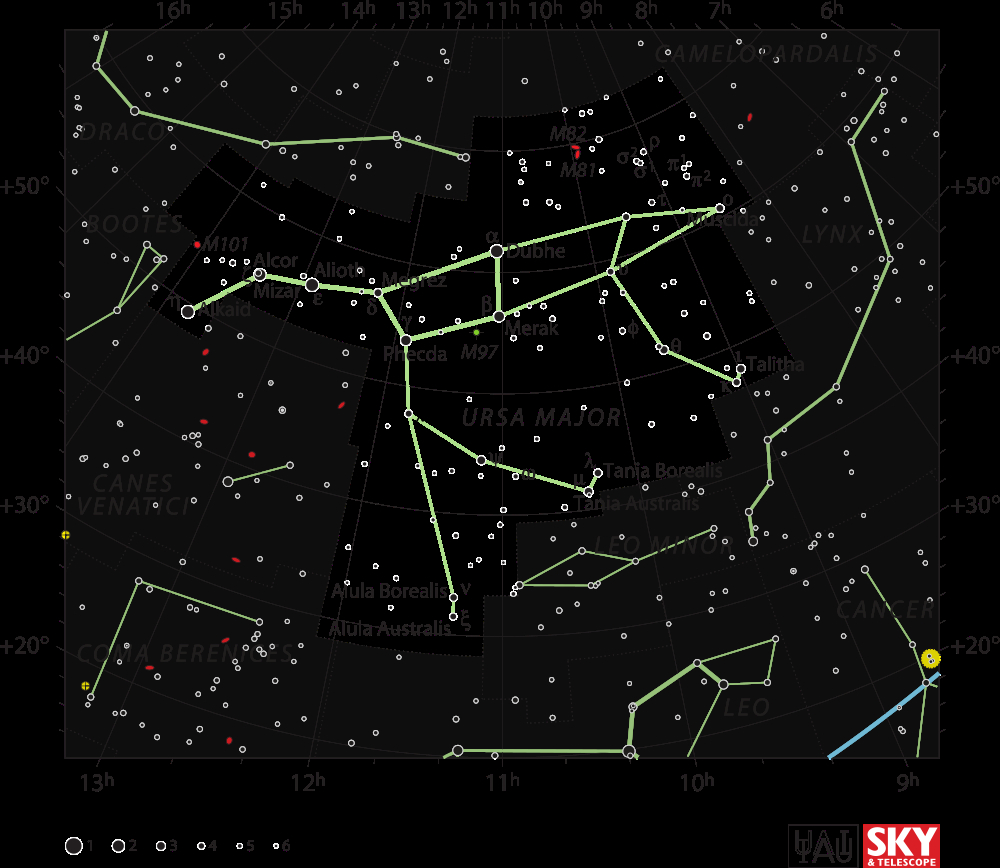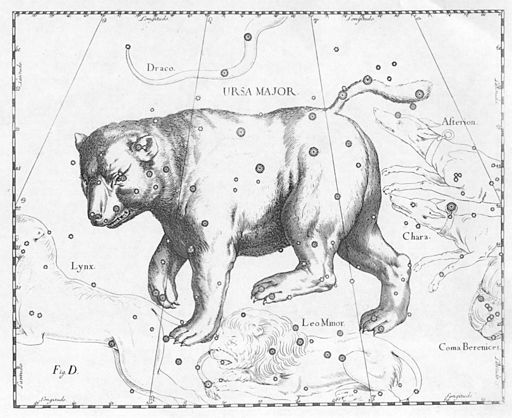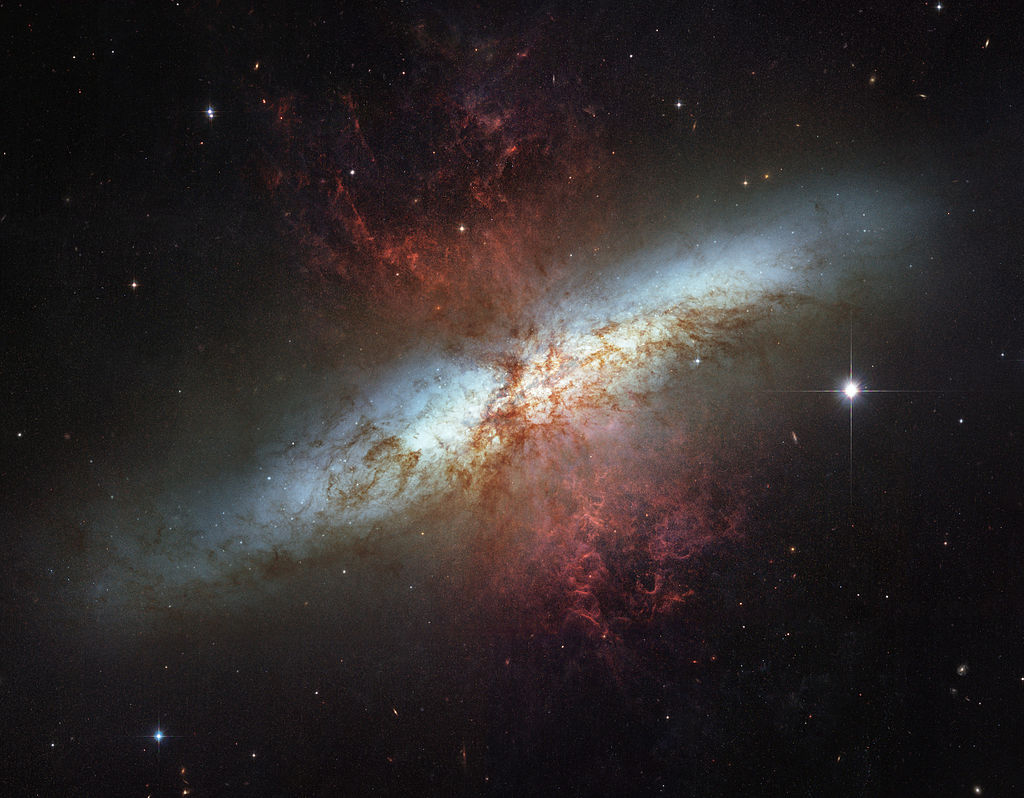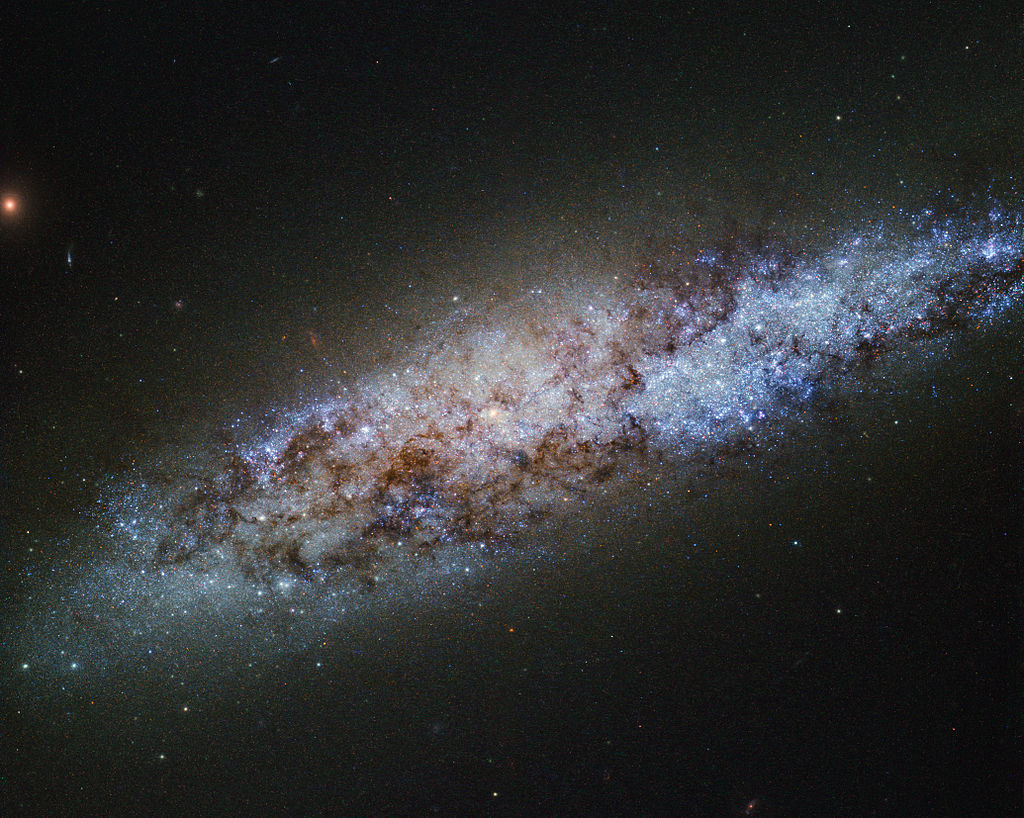
By IAU and Sky & Telescope magazine (Roger Sinnott & Rick Fienberg) [CC-BY-3.0], via Wikimedia Commons
"The Great Bear"

By IAU and Sky & Telescope magazine (Roger Sinnott & Rick Fienberg) [CC-BY-3.0], via Wikimedia Commons
Abbreviation: UMa
Genitive: Ursae Majoris
Constellation family: Ursa Major
Nearest constellations: Boötes, Camelopardalis, Canes Venatici,
Coma Berenices, Draco, Leo, Leo Minor, and Lynx
Right ascension: 10.67h
Declination: 55.38°
Visible between latitudes: +90° and -30°
Square degrees: 1280
Luminary: Alioth (Epsilon Ursae Majoris)
Named stars: Alioth, Dubhe, Merak, Phad, Megrez, Mizar, Alcor, Alkaid, Tania Borealis, Tania Australis, Alula Borealis, Alula Australis
Notable deep sky objects: M40, M81, M82, M97, M101 (Pinwheel Galaxy), M108, M109
Ursa Major is the third-largest constellation in the sky and one of the most recognizable. It is visible throughout the year in the Northern Hemisphere. The tail and body of Ursa Major form the well-known asterism called the Big Dipper or the Plough.

By Johannes Hevelius, scanned by Torsten Bronger 2003 April 4 [Public domain], via Wikimedia Commons
The Big Dipper is perhaps most notable for its use during the American Civil War: slaves escaping to the northern USA and Canada would use the Big Dipper (or the "drinking gourd") as a means of navigation at night, since Ursa Major is circumpolar and never completely sets below the horizon. It could therefore be used as a guide from sundown to sunrise.
In Greek mythology, Ursa Major represents the nymph Callisto who was a follower of Artemis (also called Diana). Zeus fell in love with Callisto, and she eventually became pregnant with his son. Callisto was transformed into a bear by Hera, Zeus's wife, when their affair was discovered. Zeus placed Callisto in the sky as the Great Bear along with her son, Arcas (represented by the Little Bear).
M101 (the Pinwheel Galaxy):

By European Space Agency & NASA. Acknowledgements: Project Investigators for the original Hubble data K.D. Kuntz (GSFC), F. Bresolin (University of Hawaii), J. Trauger (JPL), J. Mould (NOAO), and Y.-H. Chu (University of Illinois, Urbana). Image processing: Davide De Martin (ESA/Hubble). CFHT image: Canada-France-Hawaii Telescope/J.-C. Cuillandre/Coelum. NOAO image: George Jacoby, Bruce Bohannan, Mark Hanna/NOAO/AURA/NSF [CC-BY-3.0], via Wikimedia Commons
M82 (a starburst galaxy):

By NASA, ESA, and The Hubble Heritage Team (STScI/AURA) [Public domain], via Wikimedia Commons
UGC 8335 (interacting galaxies):

By NASA, ESA, the Hubble Heritage (STScI/AURA)-ESA/Hubble Collaboration, and A. Evans (University of Virginia, Charlottesville/NRAO/Stony Brook University) [Public domain], via Wikimedia Commons
NGC 4605 (dwarf spiral galaxy):

By ESA/Hubble & NASA, acknowledgement: D. Calzetti (University of Massachusetts) and the LEGUS Team [CC-BY-3.0], via Wikimedia Commons
M81 (spiral galaxy):

By NASA, ESA, and the Hubble Heritage Team (STScI/AURA) [Public domain], via Wikimedia Commons